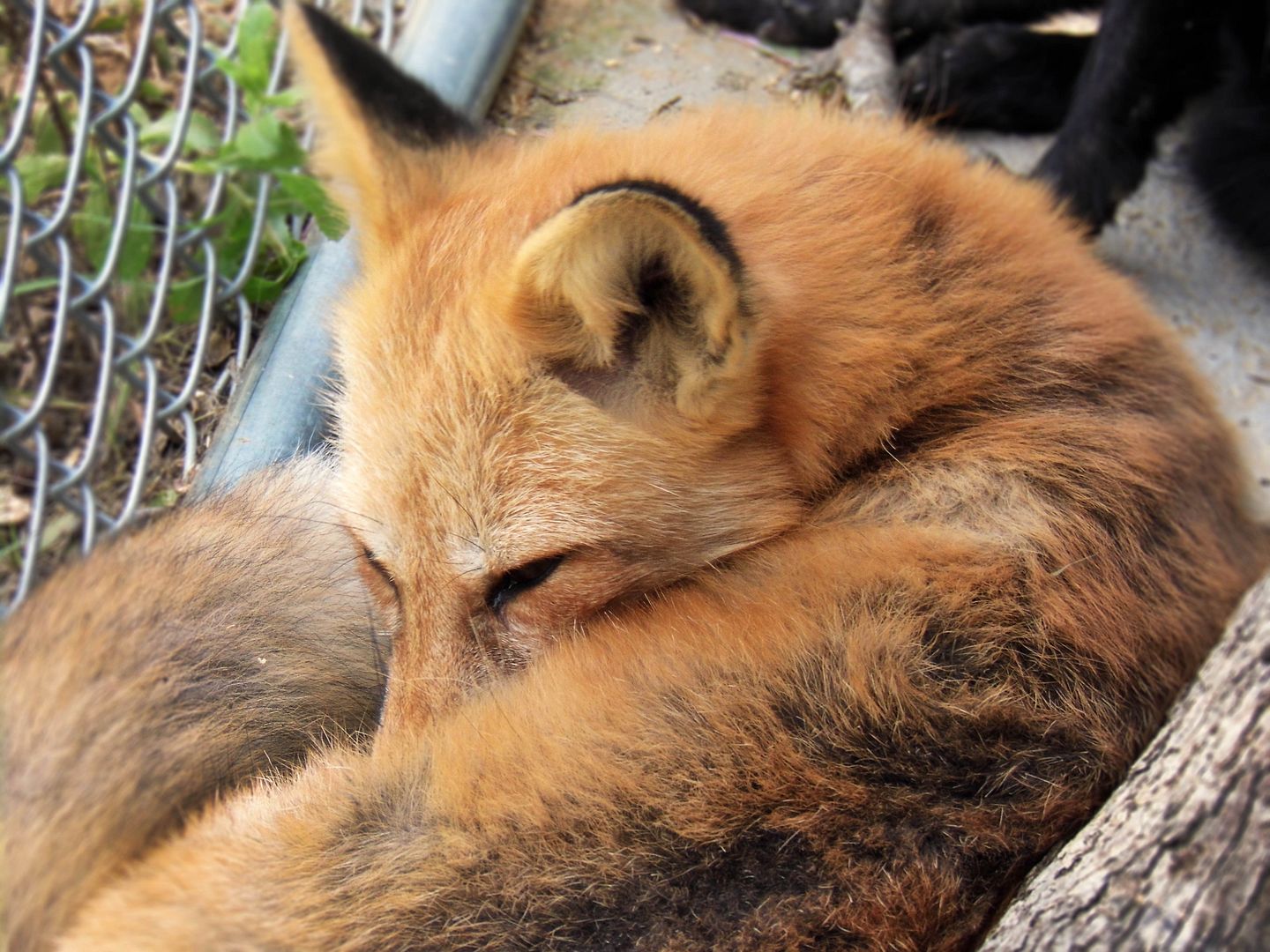
But it turns out a small group of rogue Russian genetic scientists do, too—originally led by Dmitry Belyaev, director of the Institute of Cytology and Genetics and namesake of the so-called Belyaev foxes (a domesticated form of the wild red fox, Vulpes vulpes).
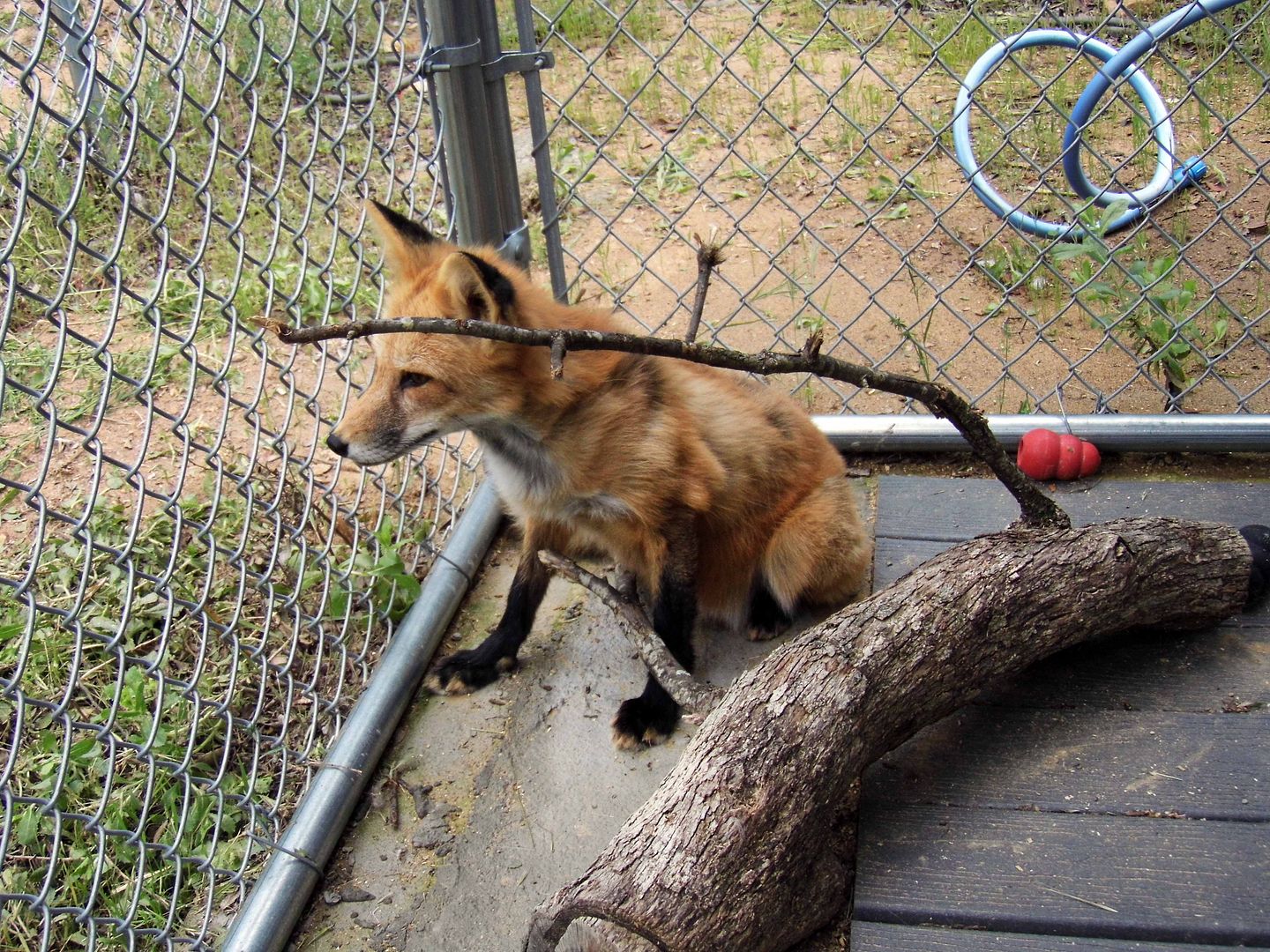
In 1959, he began to try to replicate how dogs (also members of the Canidae family) first became domesticated—but in a much shorter period of time. Instead of millennia, it took 55 years for his team at the Siberian Branch of the Russian Academy of Sciences to develop a domesticated population.
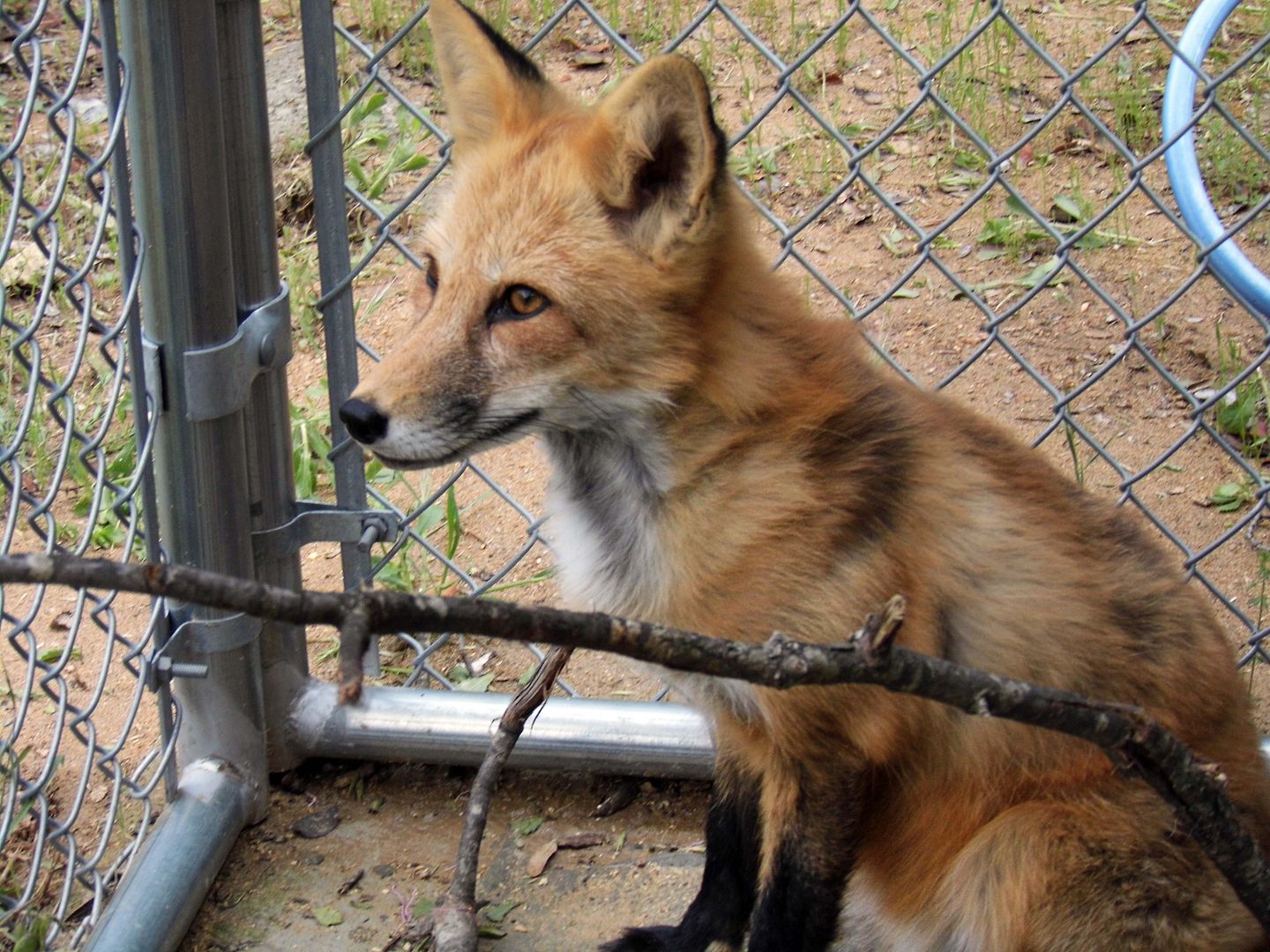
They're not "tame," a trait that can be acquired through training, but genetically domesticated. Physical traits unique to these "friendly" foxes—but not those in the wild—include spots in their fur coloring, curled tails, and floppy ears. Litter sizes are larger, by one pup each.
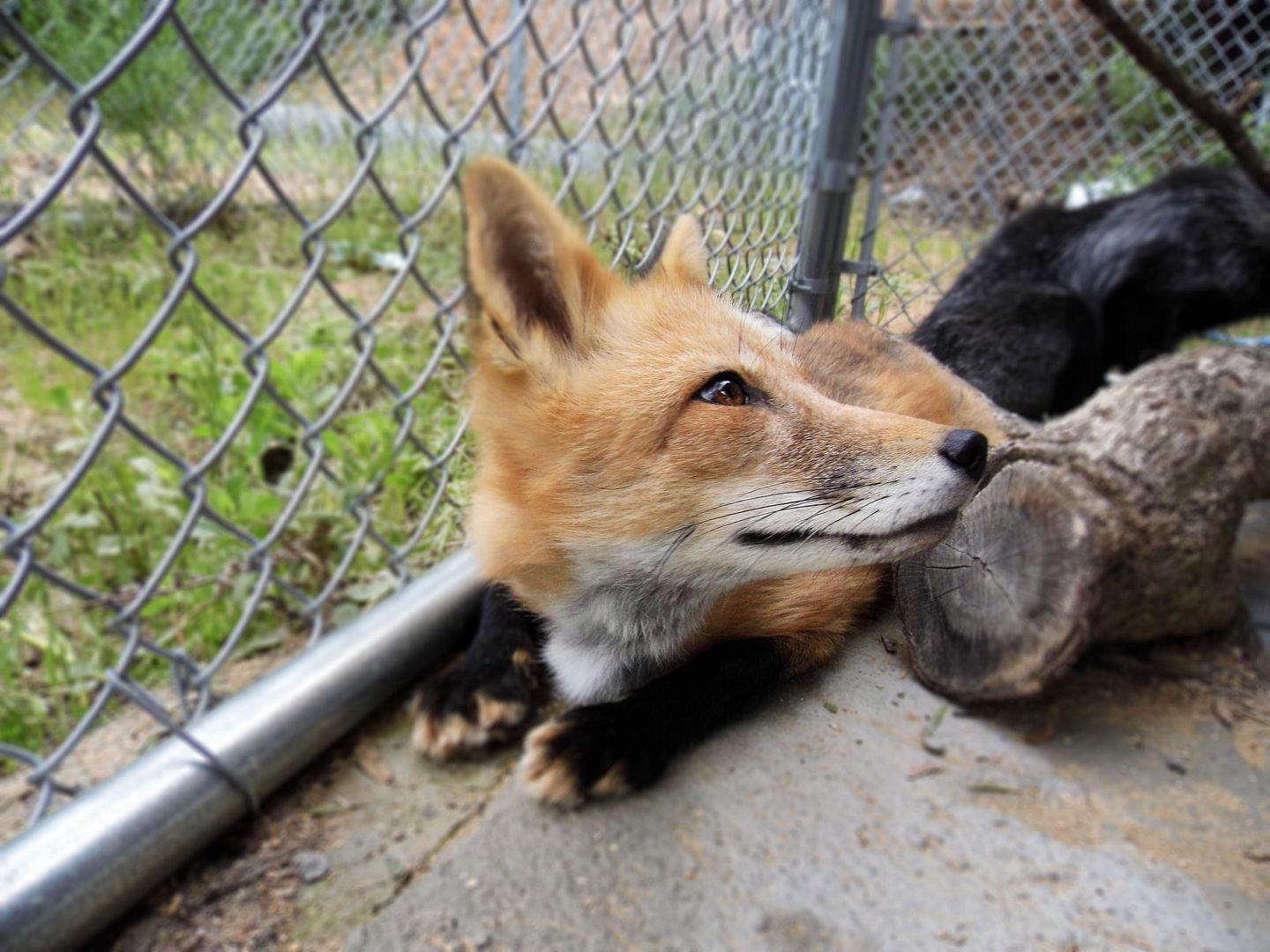
Behaviorally, these domesticated foxes are more than just "nice"—they show no fear of humans and even actively seek out our companionship. But as cute and friendly as they are, they reportedly don't make good pets (at least, not yet).
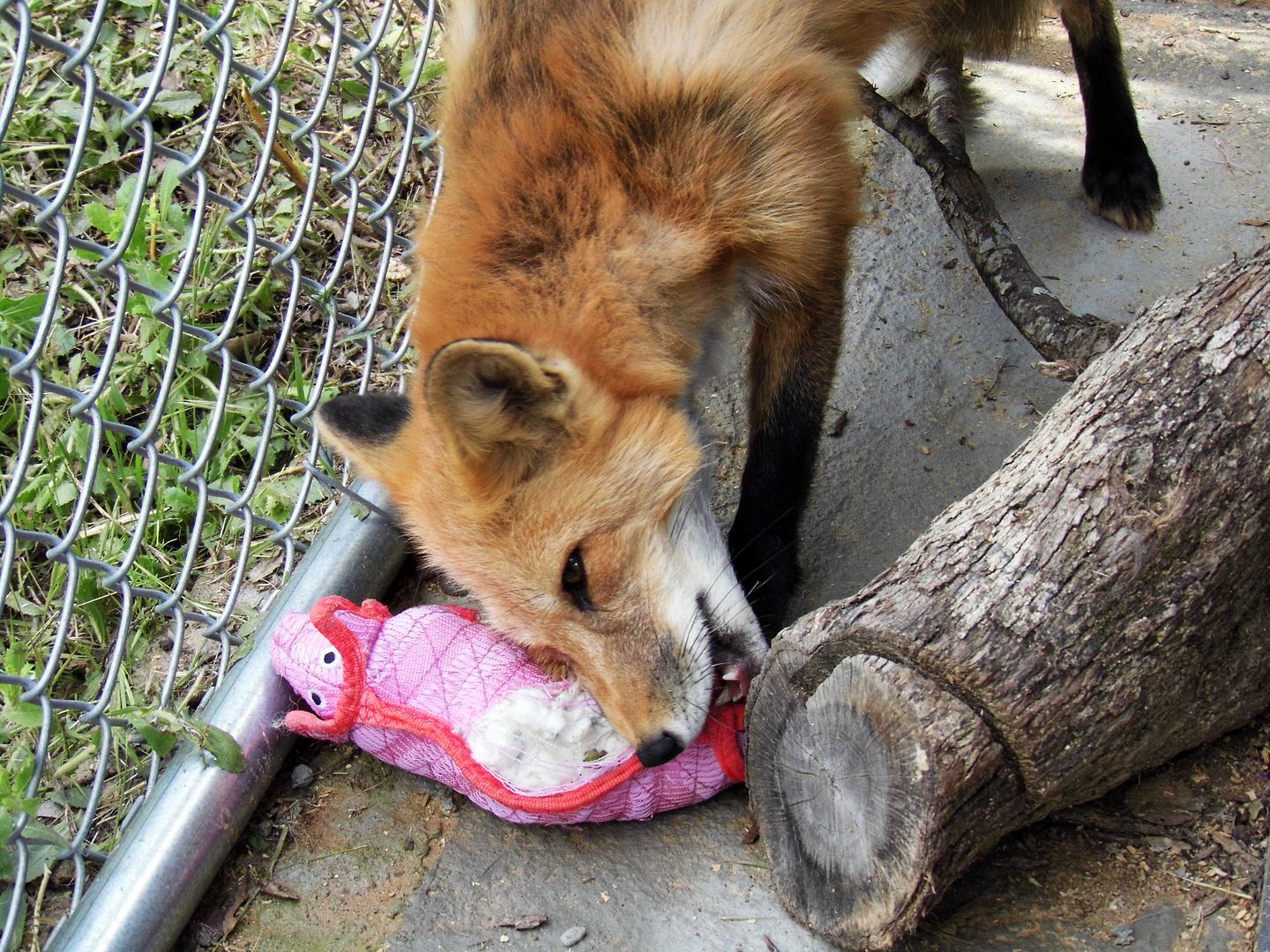
They still mark their territory and guard their resources...
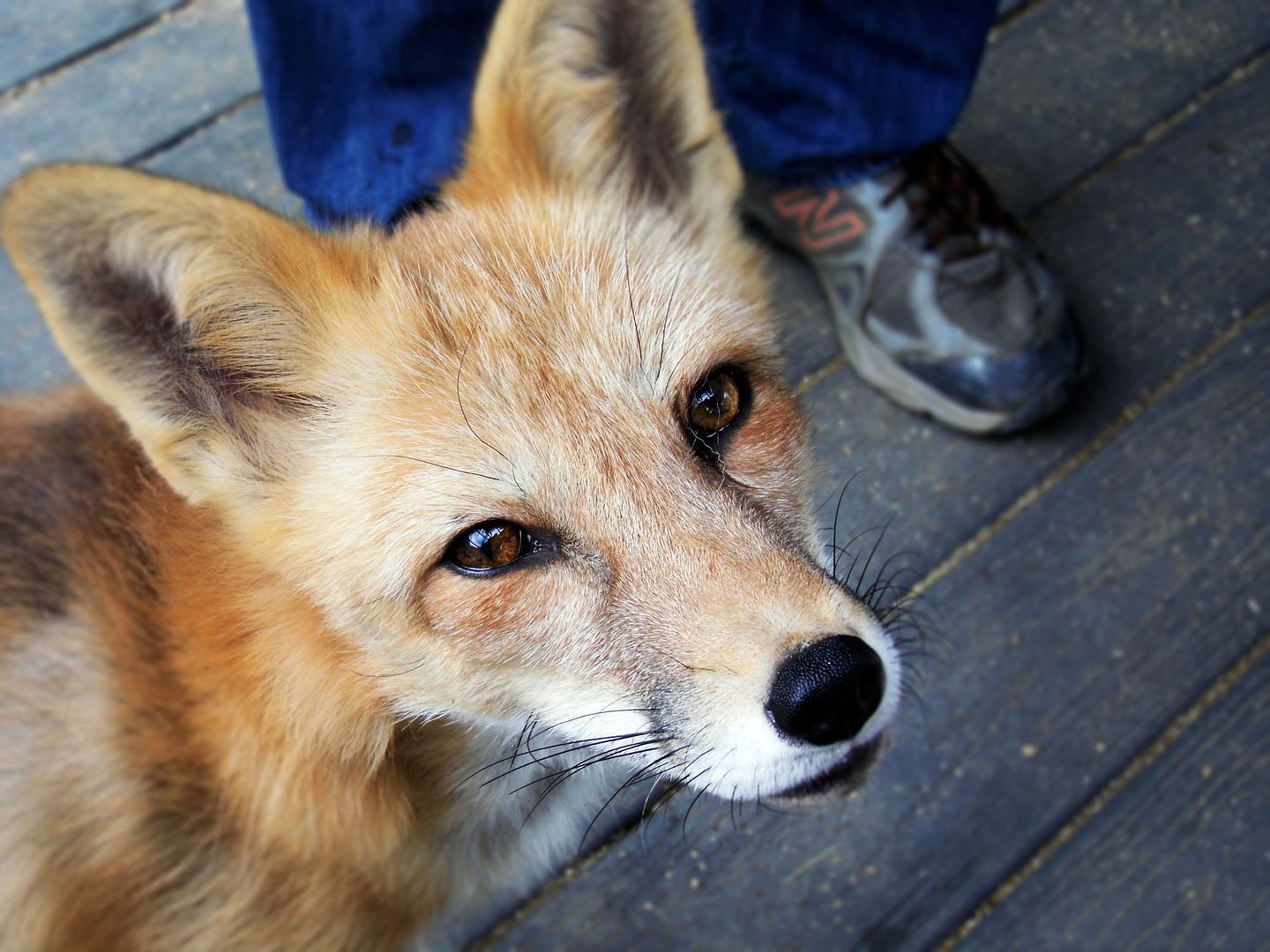
...and are fiercely curious.
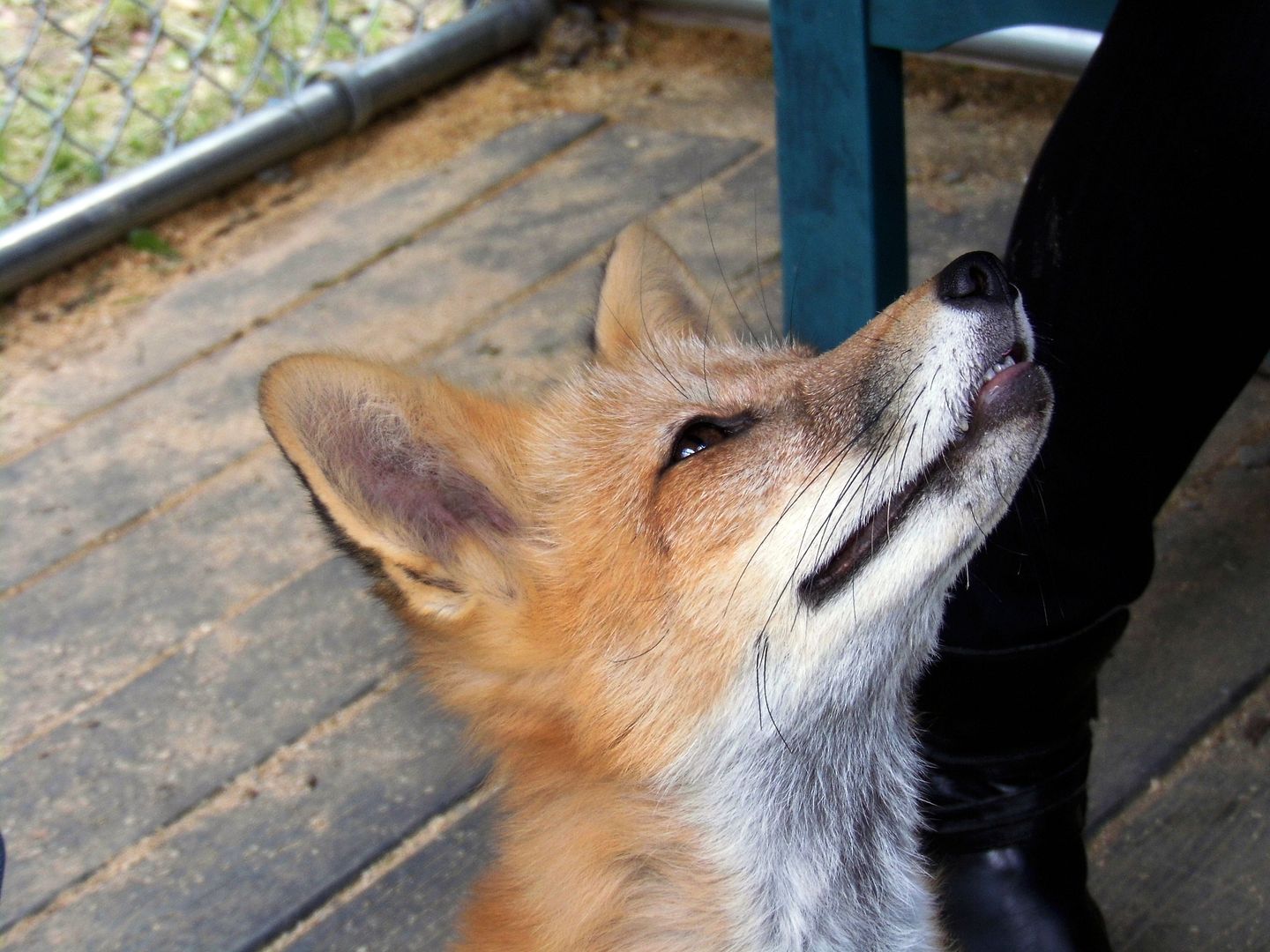
But they're highly food motivated, so you can train them to sit and stay—just like a dog.
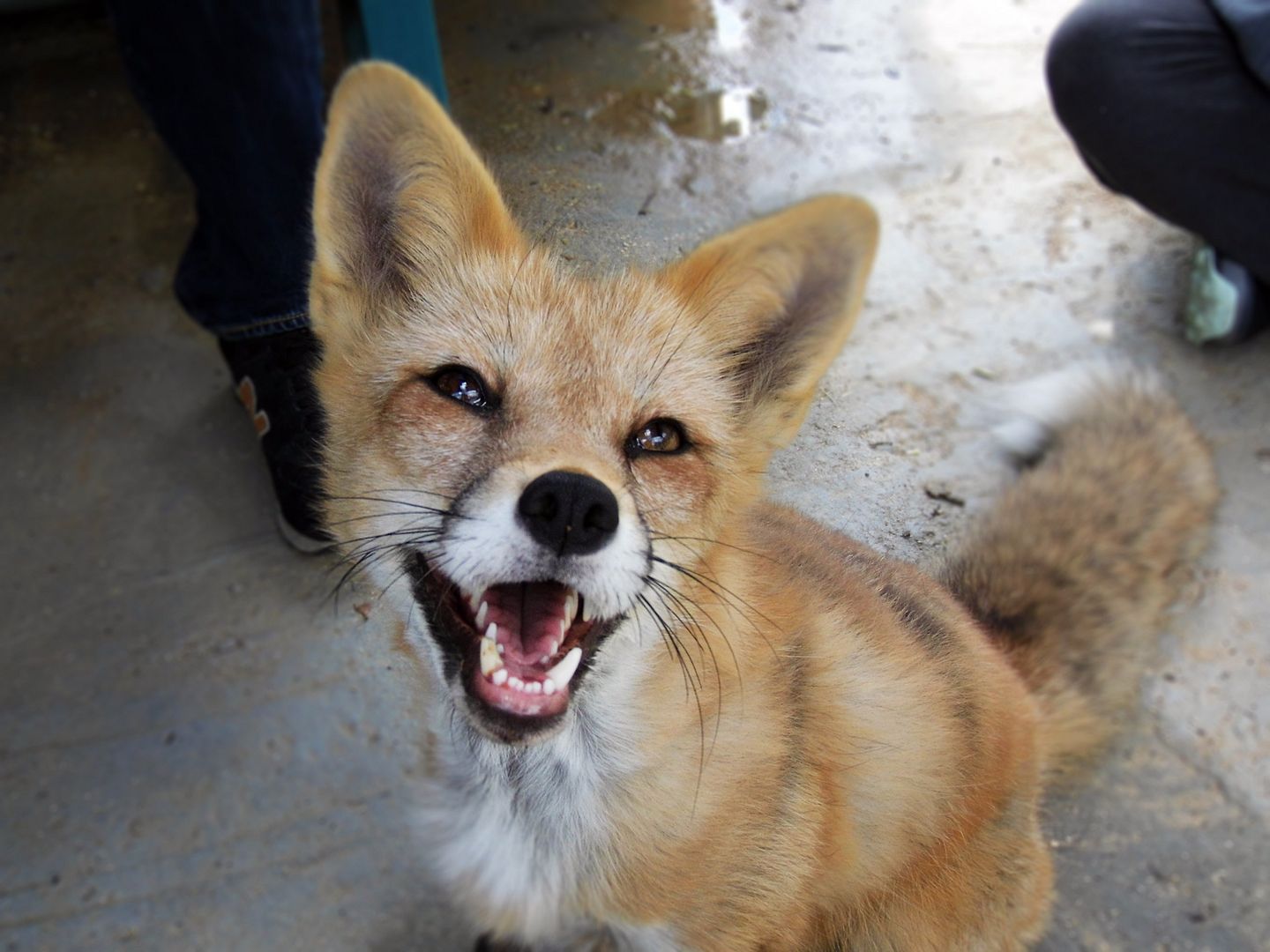
And treats make them really happy.
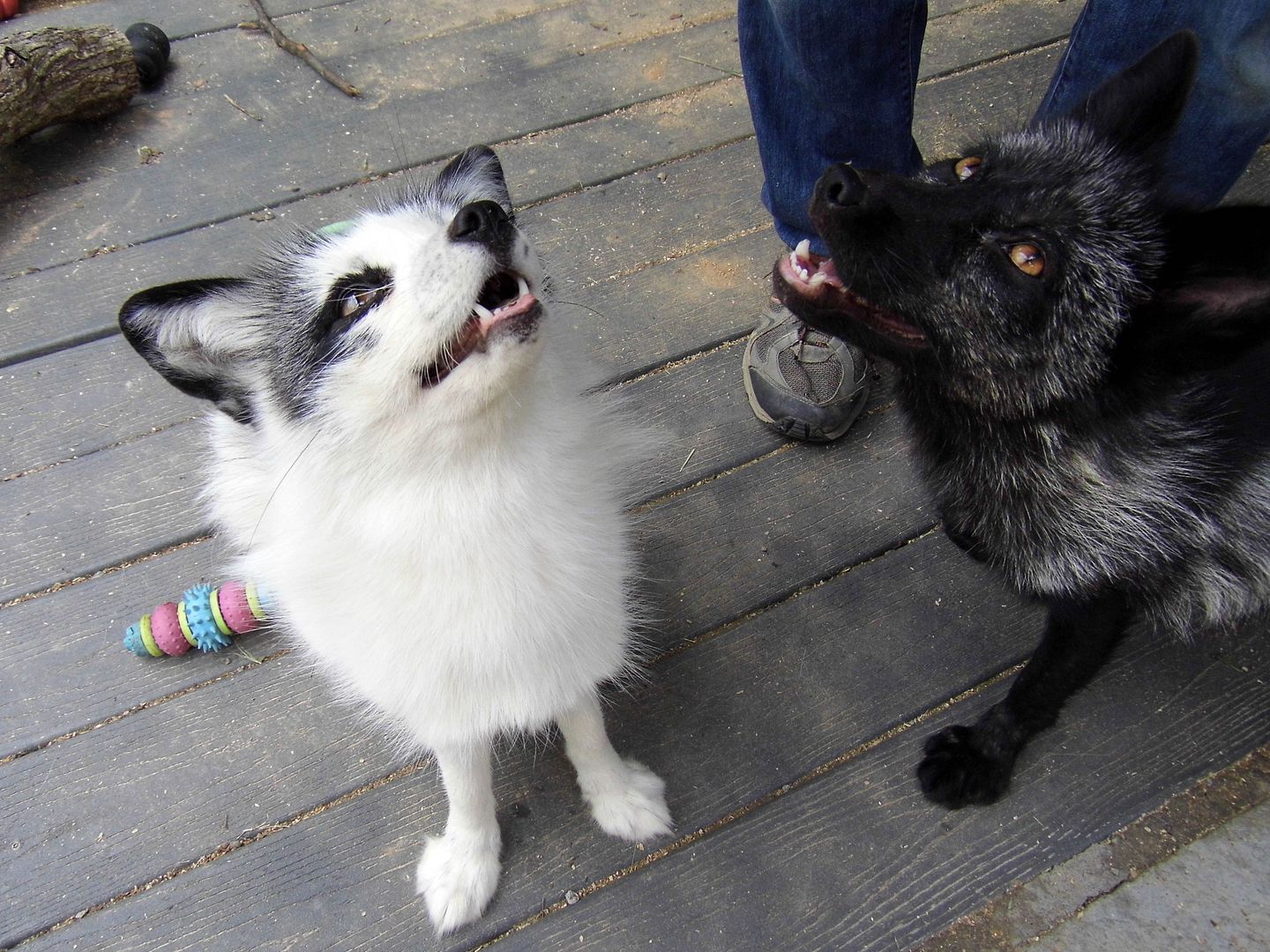
And not just the red foxes, but also a dark mutation (the silver fox) and a light-colored mutation (Georgian white) of it.

The selective breeding, however, hasn't yet gotten rid of their musky smell, which comes out of numerous scent glands that can be found from nose to tail. You can't remove the glands to get rid of the odor, the way that ferrets or even skunks can be "de-scented."

And even if you could, it seems cruel to do so. Why remove something that so distinctly makes a fox... a fox?
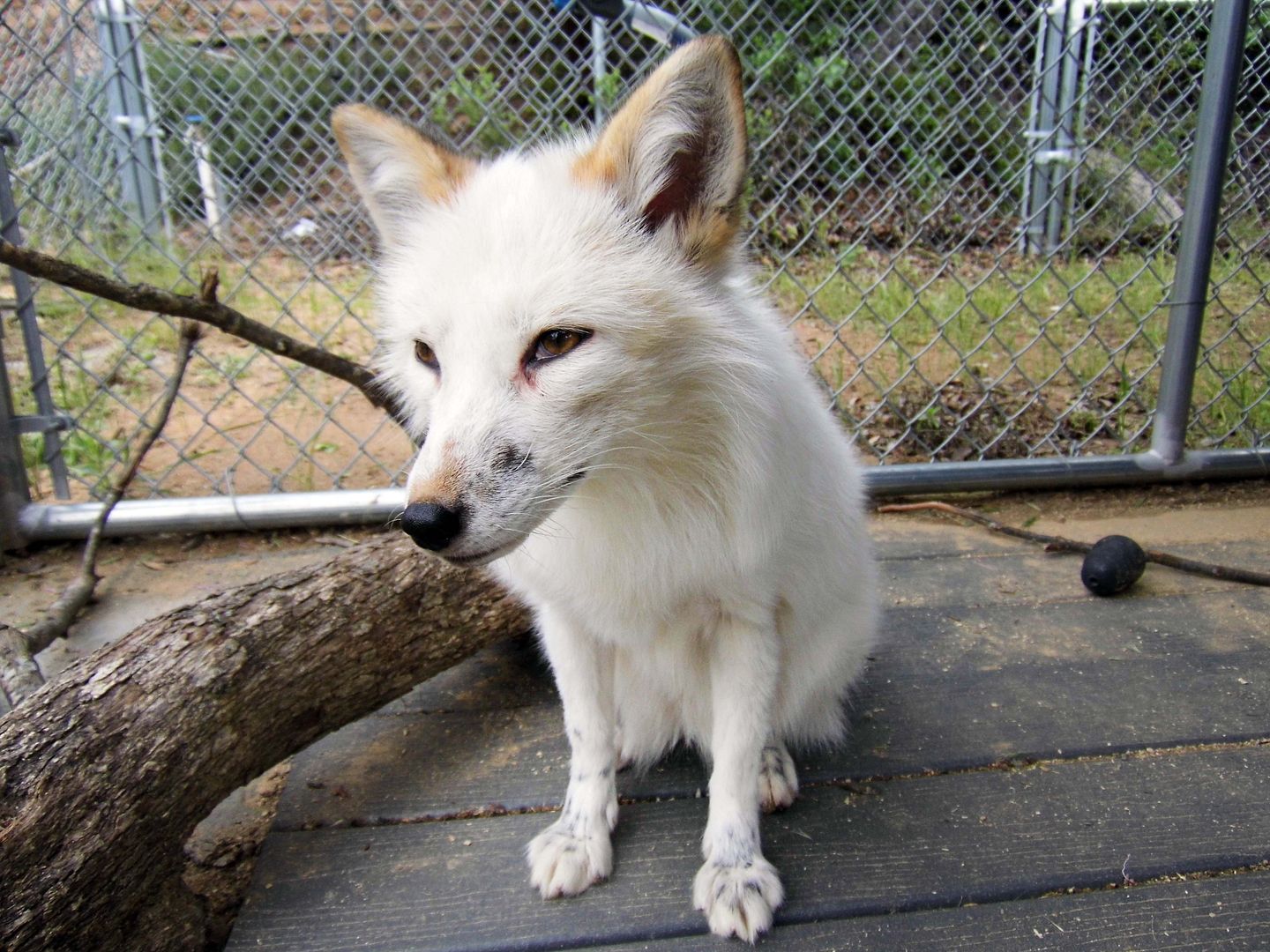
The Russian genetic experiment, which had continued after Belyayev's death in 1985, lost most of its funding with the collapse of the Soviet Union—and tragically, it only kept going by selling some of its docile foxes to the Russian fur trade.
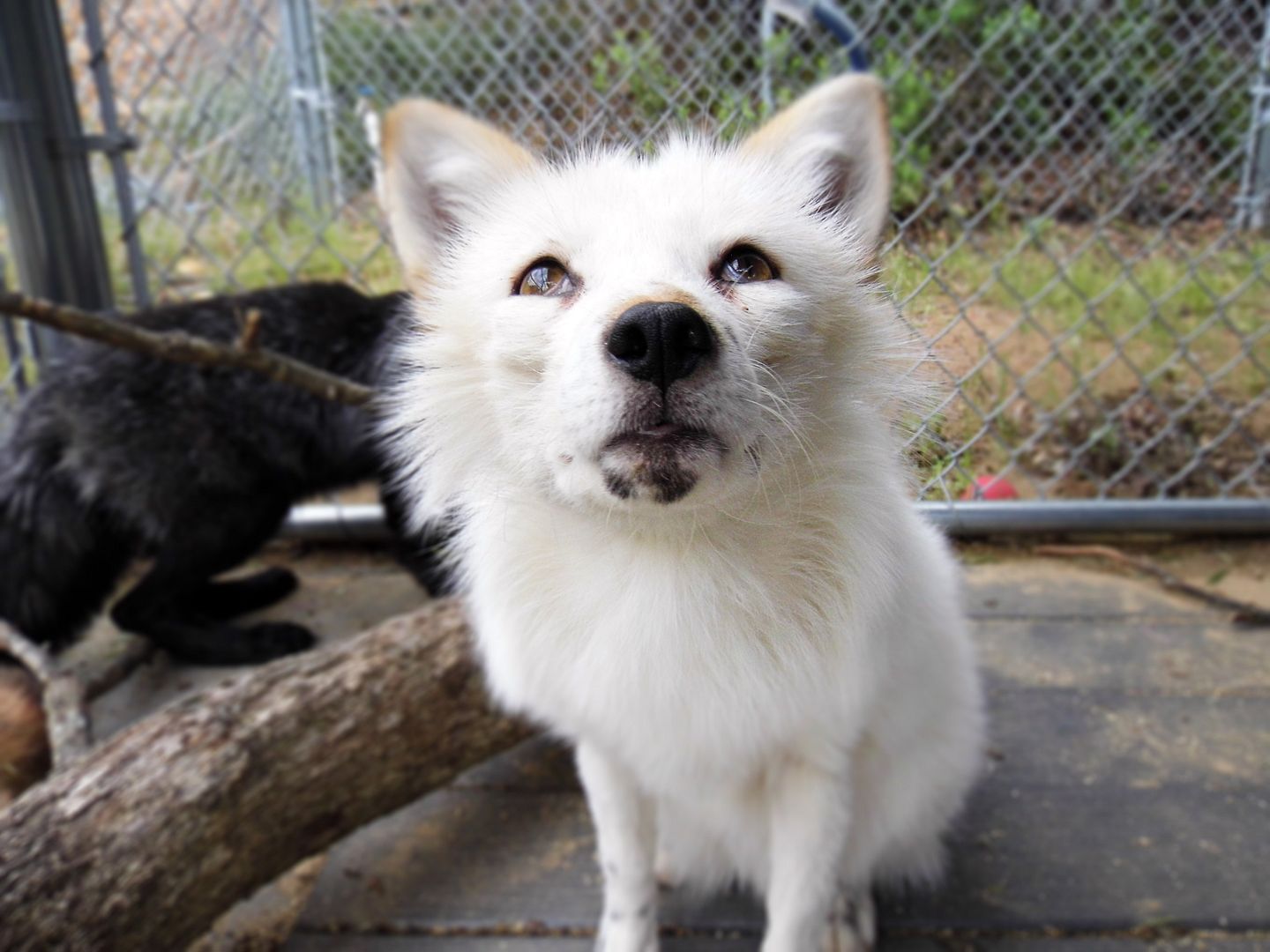
On the surface, the purpose of domesticating foxes was to make them easier to keep in captivity on fur farms. Keeping them less stressed out around workers would make them easier to raise. (Domestic foxes even exhibit lower levels of the "stress hormone," cortisol, as well as adrenaline.)

But it turns out that was just a cover story to keep Belyaev from getting executed by a government that had outlawed the study of genetics.
In more recent times, foxes have begun to become more valued as pets than as pelts, so the institute now sells the domesticated breeds to individuals as well as organizations like the JAB Canid Education and Conservation Center in Santa Ysabel (East San Diego County).
At least in California, a fur ban is in the works and keeping foxes as pets is prohibited.
But that doesn't mean that people don't break the law.
And I'm not sure that the "fox encounters" offered by JABCECC won't encourage rather than discourage either activity.
American scientists have been working with the Russians to try to continue Belyaev's program—at least to see how far they can take it. But the foxes that have been shipped out of Siberia are fixed, so they can't breed. Apparently, the Russians don't want their genetic material getting spread around in uncontrolled environments.
And that means these Russian domesticated foxes may eventually go extinct.
But maybe wild foxes will eventually choose human companionship, if only for the increased proximity to a food source.
And maybe evolution will render them naturally domesticated in thousands of years, the same way that it did with dogs and cats.
After all, foxes are like the perfect combination of the two—some say they're like dog hardware that's running cat software.
Like both, they appreciate a good scratch (something I now know first-hand).
Related Posts:
Meet Simon, The Red Fox of the Radioactive Red Forest
The Island of the Blue Dolphins and One Lone Woman
Photo Essay: The Island That Prisoners Pioneered
Photo Essay: Hollywood's Wildest Stars

No comments:
Post a Comment